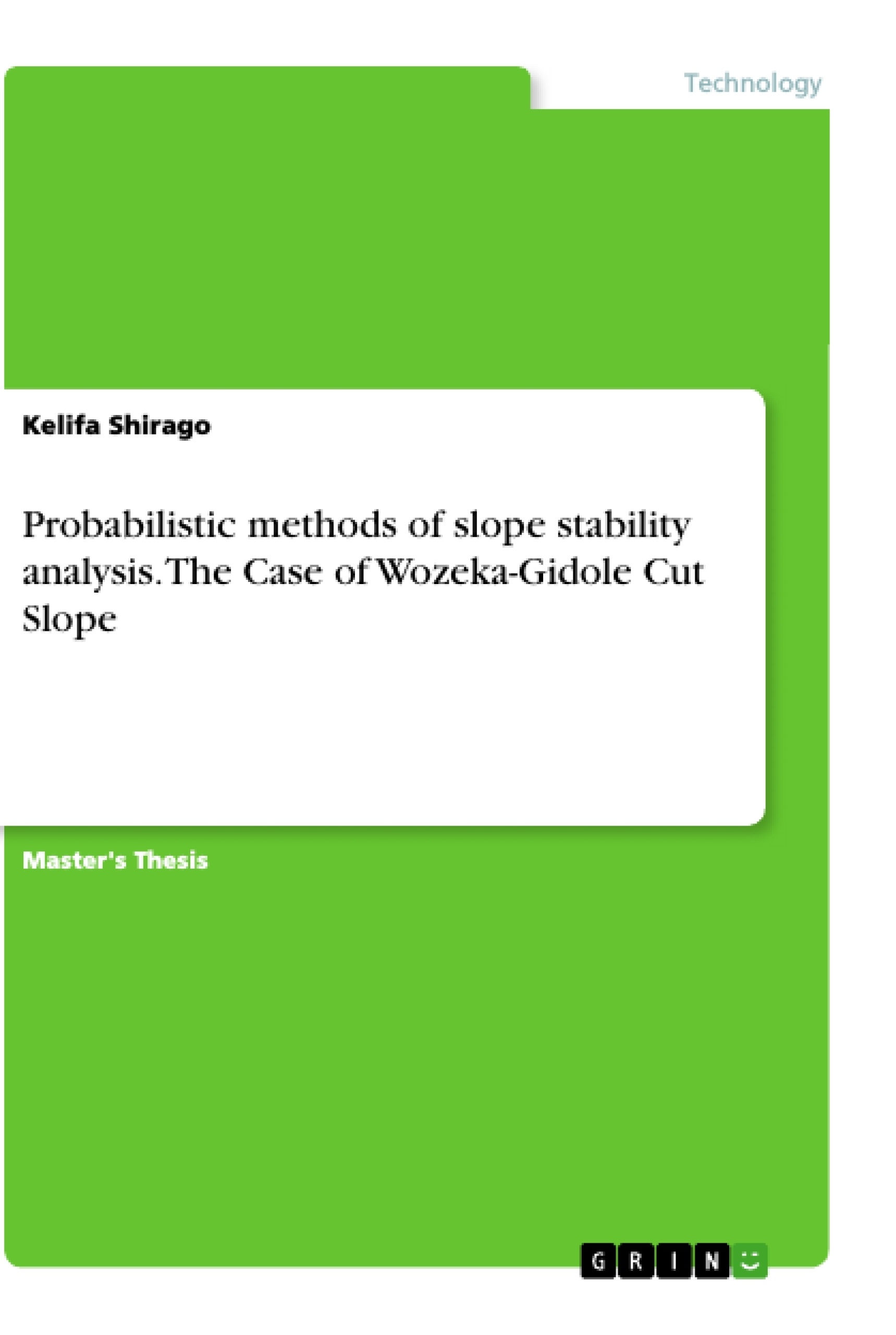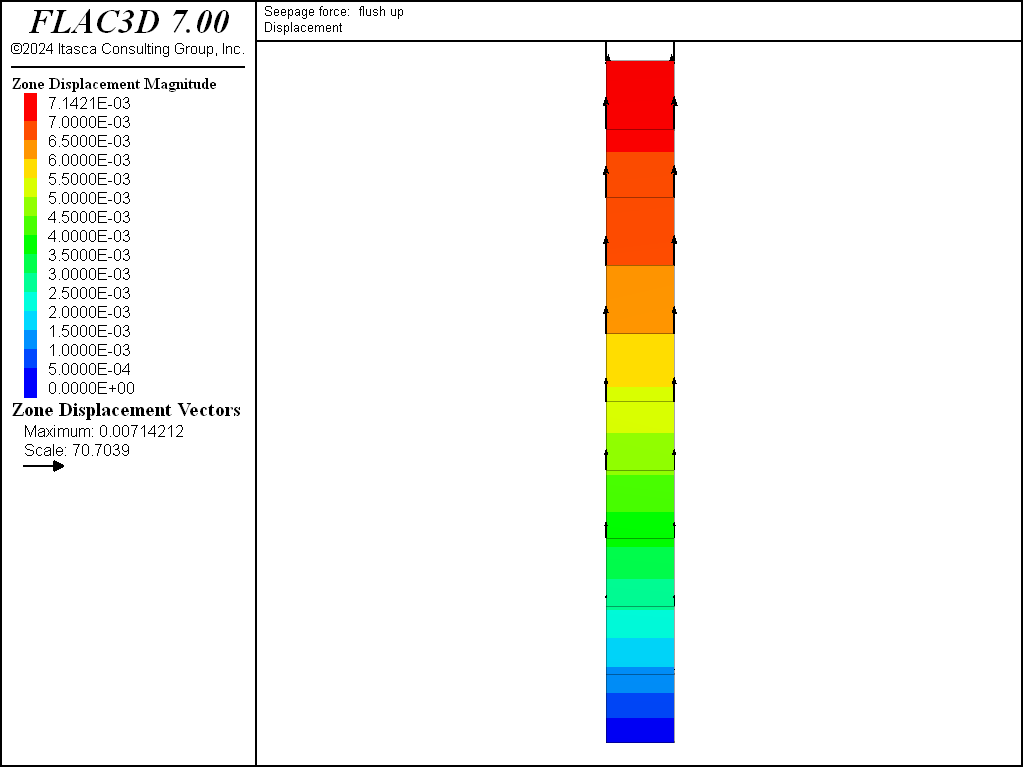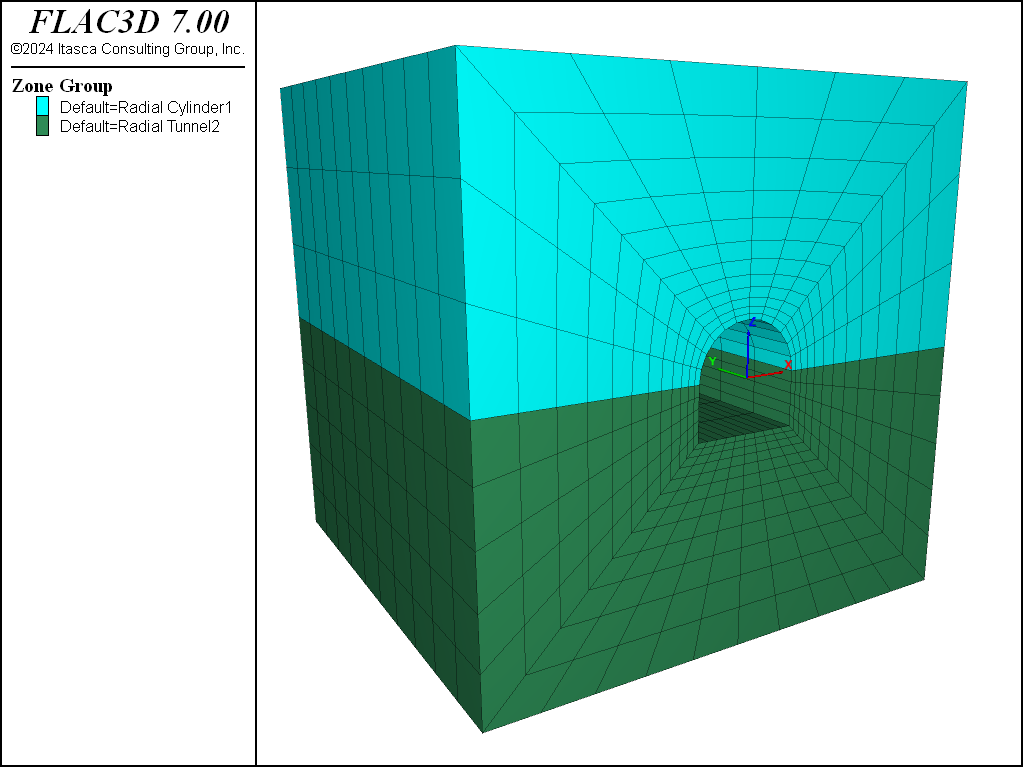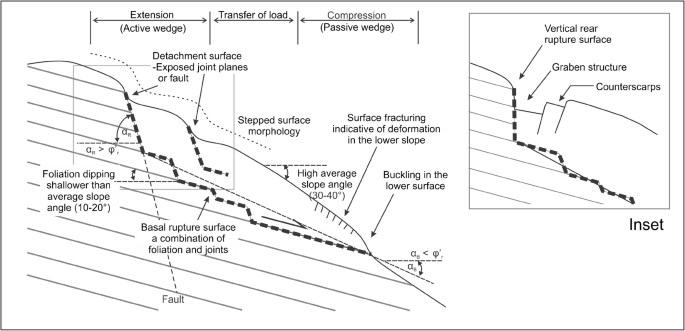


Such an increase in the horizontal force, required to continue driving subduction, might have “choked” the subduction of the European plate below the Adriatic one between 35 and 25 Ma and could have caused the reorganization of plate motion and subduction initiation of the Adriatic plate.

In the models, F D increases during wedge growth and subduction and eventually reaches magnitudes ( ≈18 TN m −1) which are required to initiate subduction. We suggest that during the formation of the Pyrenees Ar F ⪅0.5 due to the absence of high-grade metamorphic rocks, whereas for the Alps Ar F≈1 during exhumation of high-grade rocks and Ar F ⪅0.5 during the post-collisional stage. The three parameters control the evolution of the ratio of upward-directed buoyancy force to horizontal driving force, F B / F D = Ar F, which controls the mode of orogenic wedge formation: Ar F≈0.5 causes thrust-sheet-dominated wedges, Ar F≈0.75 causes minor wedge formation due to relamination of subducted crust below the upper plate, and Ar F≈1 causes buoyancy-flow- or diapir-dominated wedges involving exhumation of crustal material from great depth ( >80 km).įurthermore, employing phase equilibria density models reduces the average topography of wedges by several kilometres. We study the impact of three parameters: (1) shear resistance, or strength, of serpentinites, controlling the strength of the evolving subduction interface (2) strength of the continental upper crust and (3) density structure of the subducted material.ĭensities are determined by linearized equations of state or by petrological-phase equilibria calculations. Hyperextension generates a basin with exhumed continental mantle bounded by asymmetric passive margins.īefore convergence, we replace the top few kilometres of the exhumed mantle with serpentinite to investigate its role during subduction and collision. 170 Myr) lithosphere deformation cycle involving subsequent hyperextension, cooling, convergence, subduction and collision.

We leverage two-dimensional petrological–thermomechanical numerical simulations of a long-term (ca. Here, we quantify buoyancy and shear forces during collisional orogeny and investigate their impact on orogenic wedge formation and exhumation of crustal rocks. However, the relative importance of these forces, their temporal evolution and their impact on the tectonic style of orogenic wedges remain elusive. The dynamics of growing collisional orogens are mainly controlled by buoyancy and shear forces.


 0 kommentar(er)
0 kommentar(er)
